
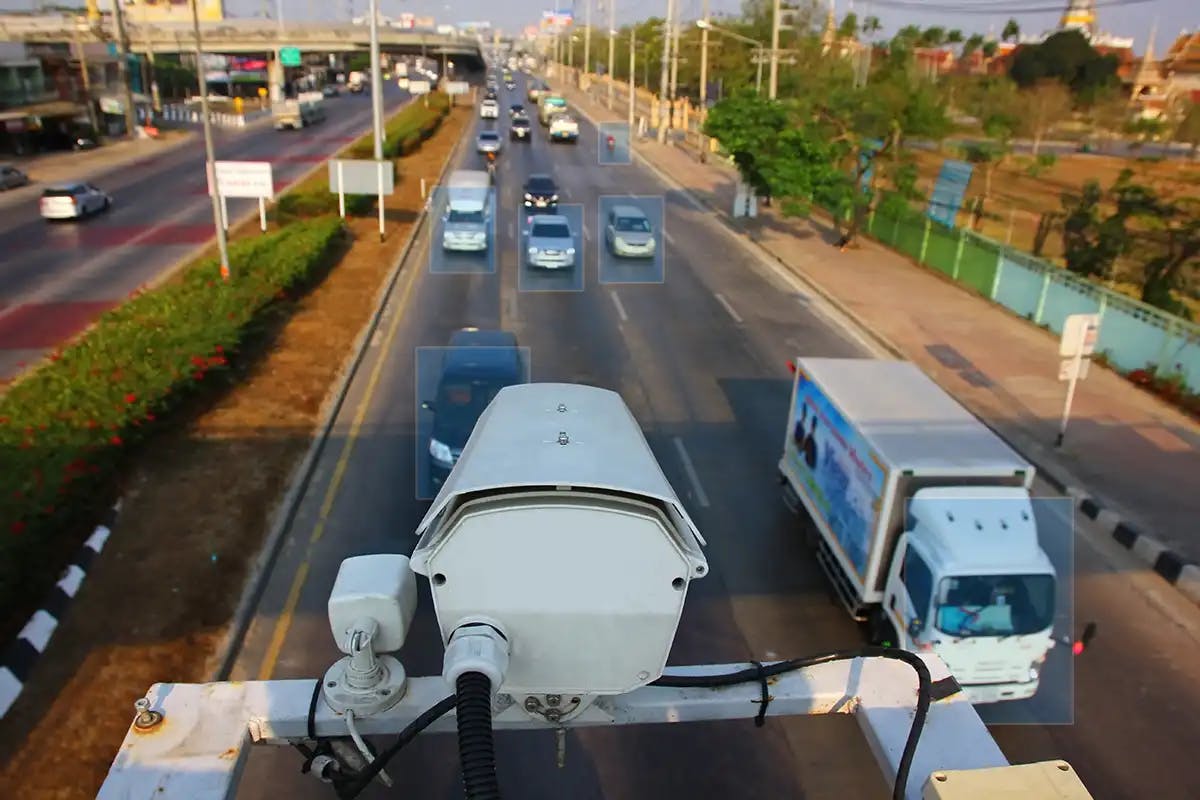

Real-time vehicle monitoring helps businesses in many ways, particularly in planning infrastructure and to manage traffic efficiently. Traffic management has become easier than ever with the development of real-time algorithms for image processing for object detection.
This article elaborates on how object detection approaches reshaped traffic management in the recent past in detail.
In today’s fast-paced world, having a smart traffic management system becomes essential in all major cities for systematically controlling road traffic. The ultimate goal of a smart traffic management system is to monitor every moment of person, goods, and vehicles, and process the movements orderly and safe as much as possible.
Here are the most common challenges faced in traffic management.
In recent years, computer vision technology has gained significant traction all over the world. Well, for those who aren’t aware of computer vision technology, it is an Artificial Intelligence (AI) powered system that empowers computers to learn and understand the objects within the provided visuals like images or videos using advanced object detection algorithms and models.
Well, Object detection is the systematic process of identifying and locating the specific object within the provided digital image or video. This technique is widely used in applications that do video surveillance, real-time traffic management, predicting traffic density, and counting the number of people in real time.
Object detection techniques leverage more from Machine Learning (ML) and Deep Learning to produce meaningful and accurate results.
Deploying an object detection algorithm in the traffic monitoring system enhances its operational efficiency. It detects passing vehicles, pedestrians, and other movable or non-movable objects easily. This makes the process of estimating traffic flow, and congestion detection easier.
In simple words, this advanced technology paves the path for a safer and more efficient transportation system.
Computer vision technology uses object detection algorithms for the identification and localization of the objects that are present in the digital image or video. Ever since this technology came into existence, it revolutionised several industries particularly autonomous vehicle rides, automatic surveillance systems, robotics, and Healthcare.
This section explores how computer vision technology uses object detection methods for the effective handling of traffic surveillance in depth.
As mentioned above, computer vision enables computers to learn and understand the objects within the provided digital image or video. With the aid of deep neural networks and advanced algorithms, it easily detects, identifies, and tracks all the movements and provides valuable insights into the objects through the provided digital visual data.
Furthermore, by using advanced systems authorities can easily monitor the traffic system, automated real-time traffic analysis, accurate object detection, provide more safety to the passengers, and optimise the traffic flow based on real-time traffic data.
Also, the computer vision techniques provide a unique platform that addresses most of the common challenges prevailing in traffic monitoring processes such as speed detection, congestion detection, trajectory estimation, and interaction monitoring.
The object detection process utilises advanced Machine Learning (ML) algorithms to detect objects accurately among the vast amount of visual data within the provided digital image or video.
Computer vision object detection was not born overnight; it has been a constantly evolving thing for more than the past 2 decades. The journey of object detection algorithms started in 2001, however, it entered into a different phase after Deep Learning (DL) started detecting the shapes in 2014.
After that the two-state object detection algorithm models were developed such as Faster R-CNN, YOLO (You Only Look Once), SSD (Single-shot Detector), and so on. Let’s take a deeper look at the popular object detection algorithms.
Faster R-CNN is a highly reliable and easy-to-use object detection model or deep learning-based object detection. However, Faster R-CNN can’t be briefed without outlining R-CNN and Fast-CNN.
R-CNN (Region-based Convolutional Neural Network) is an ancestry for Faster-CNN. It simply scans the given image using the selective algorithm and runs the convolutional neural net to collect the output in an SVM to classify the objects that exist in the provided/scanned images.
Likewise, the Fast R-CNN end-to-end object detection model is pretty similar to the R-CNN. However, it simply speeds up the object detection process by introducing two main augmentations.
Faster R-CNN is the replacement model for Fast R-CNN which upgrades the slow selective search algorithm of fast neural nets.
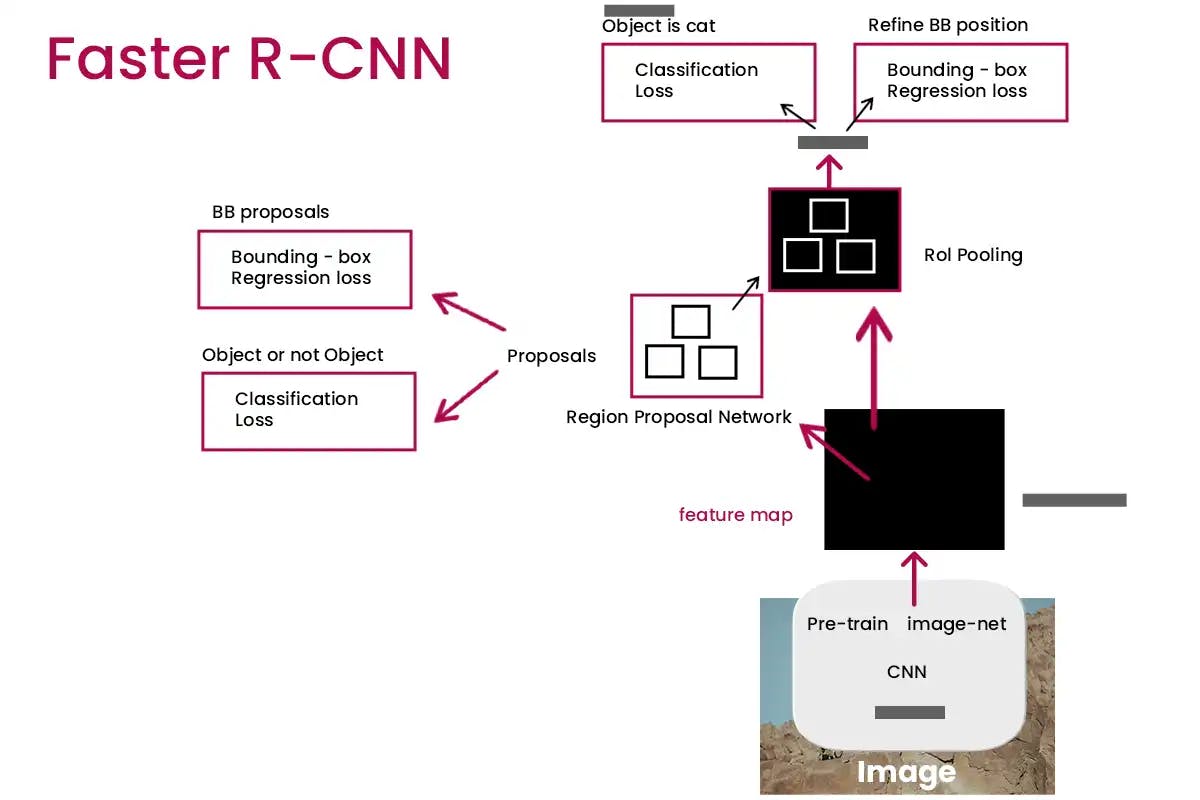
YOLO is one of the foremost object detection algorithms. This Yolo object detection uses deep learning techniques to gain better speed and accuracy in detecting objects. Unlike the R-CNN model, Yolo follows a different approach which divides the provided image using the grid lines and predicts the bounding boxes. Now it becomes much easier for the algorithm to find out the class probabilities of objects based on the grid lines/cells.
This allows YOLO object detection to easily predict the object in a one-state detection model and process the image into a single pass to get relevant output. Owing to this, YOLO operates quickly and is a suitable model to use in real-time applications.
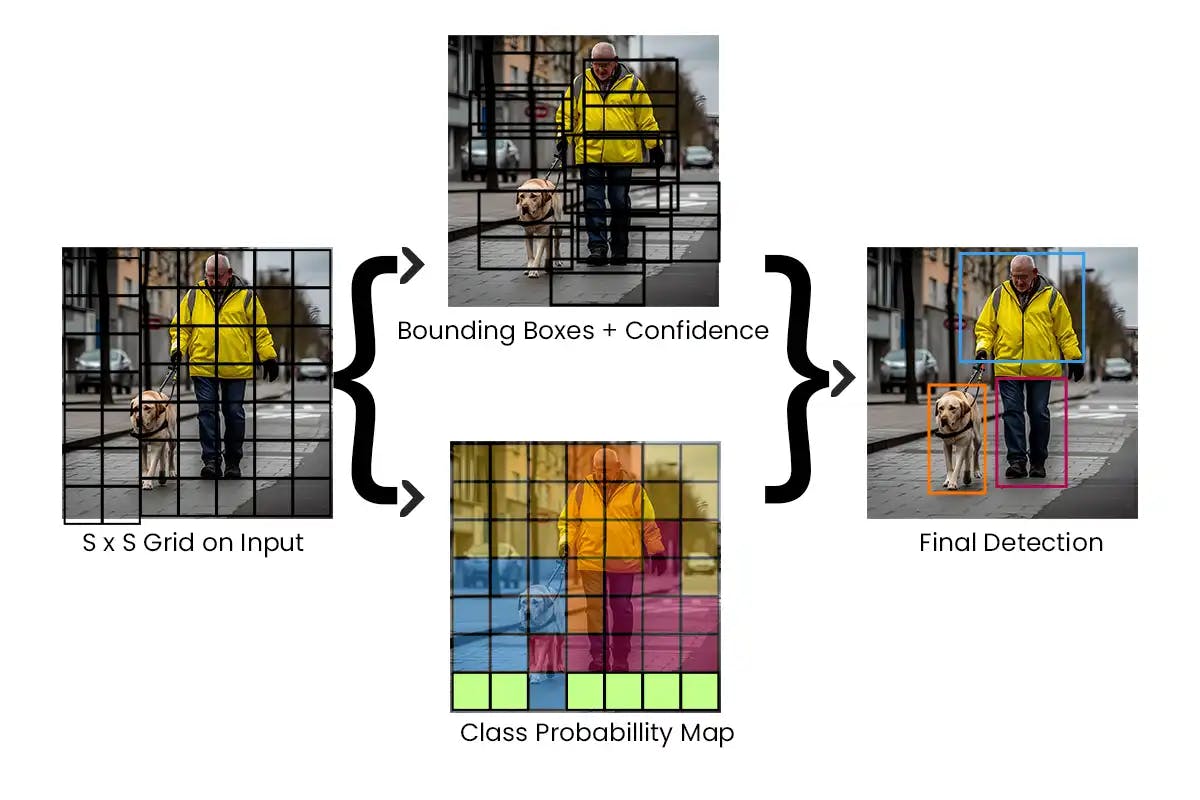
SSD (Single-Shot Detection) is the famous and most efficient object detection approach using deep learning techniques. Just like the YOLO model, SSD is also a single-stage detector which is very effective in identifying and predicting various classes and objects.
However, unlike the other popular object detection models, this SSD uses a deep neural network for detecting object bounding boxes along with their corresponding class probabilities.
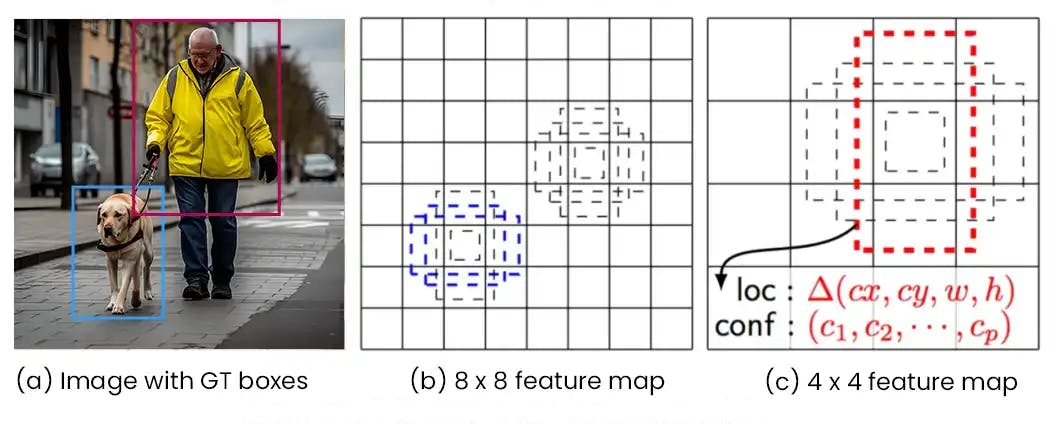
The key aspect of the SSD model is it scores a high accuracy level in detecting objects and the learning curve of this model is very easy. More importantly, it can be easily integrated with existing software and various platforms used for object detection.
Object detection can be performed using various techniques, yet companies and techies prefer deep-learning techniques which generally use convolutional neural networks like R-CNN, YOLO, SSD, and so on. This technique helps computers to learn and understand the objects within the digital image.
Well, this deep learning-based object detection gives two options for the techies to pick for effective detection of objects within the digital image.
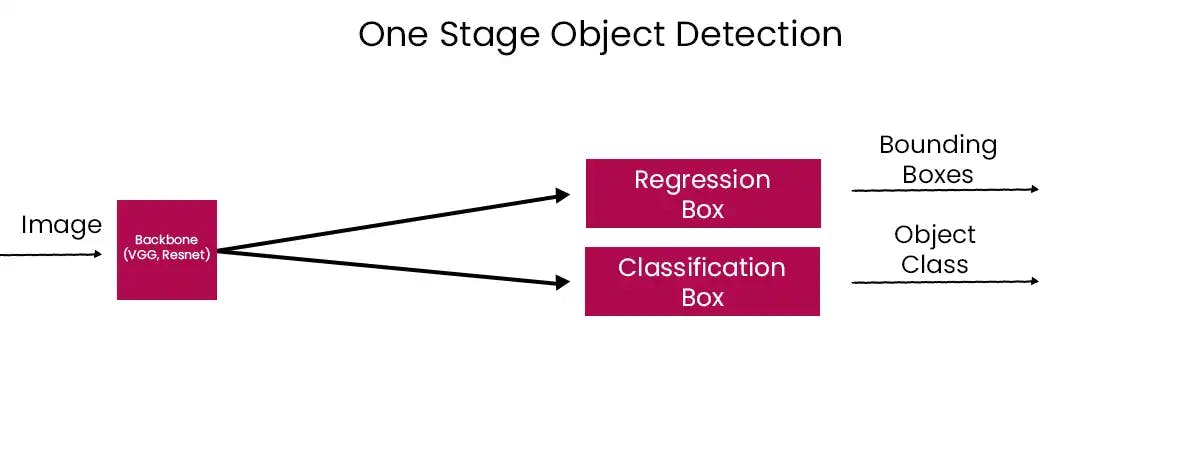
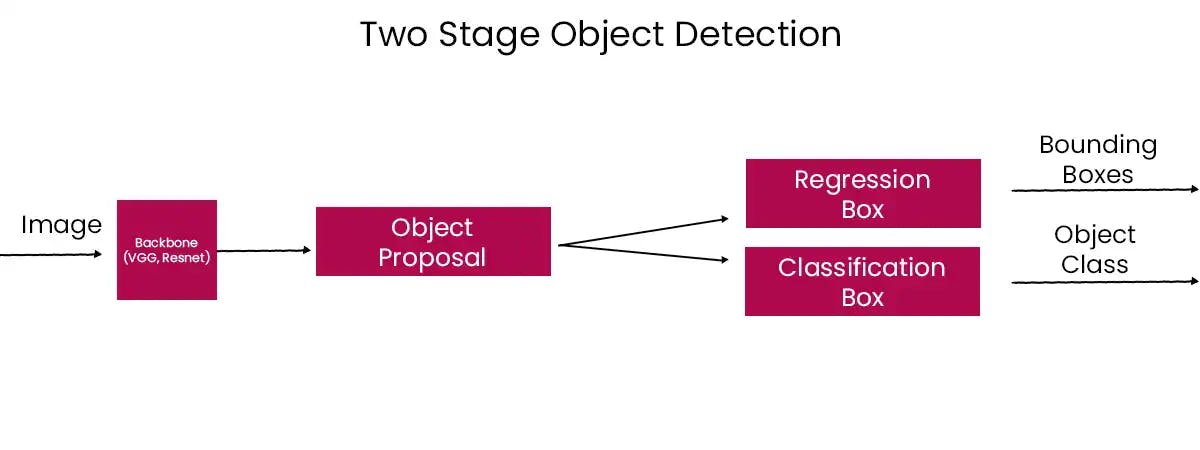
There are many different methods and approaches to recognizing vehicles. These include using pressure sensors, inductive loops, magnet resistive sensors, radar systems, ultrasound technology, infrared systems, stereo sensors, and more.
This section explains how traffic surveillance gets transformed with the Object detection algorithm in detail.
Numerous studies have been dedicated to exploring advanced techniques for achieving high-precision vehicle detection. These investigations primarily revolve around two distinct categories of vehicle detection technology, i.e. those rooted in traditional image processing methods and those leveraging convolutional neural networks (CNNs). The former approach often necessitates manual intervention and guidance, resulting in limited robustness. In contrast, the latter approach employs CNNs to extract intricate vehicle features, leading to heightened robustness and applicability in various intricate scenarios.
The accuracy of vehicle classification in these object detection algorithms tends to be relatively modest, given that they undertake both object localization and classification tasks within a single neural network pass on an input image.
Vehicle models rooted in Convolutional Neural Networks (CNNs) have sparked an interest in multi-target vehicle tracking technology. For vehicle tracking you can make use of the Faster R-CNN algorithm and SORT algorithm technique for real-time vehicle tracking process. The SORT algorithm’s purview is limited to the motion attributes of targets during the data association phase.
Pedestrian detection is a smart system in cars that helps drivers. It uses special tools like sensors, cameras, and computer smarts to find people close to the car. By looking at what’s around, the system can tell if there are people and how they’re moving. Object detection models help stop accidents between cars and people from happening or make them less serious.
License Plate Recognition (LPR) is a smart way to take pictures of license plates on cars and turn the pictures into computer data quickly.
Sometimes called Automatic Number Plate Recognition (ANPR), LPR is a popular technology for managing vehicles. It’s used for things like parking without tickets, collecting tolls, and spotting stolen cars. It’s used a lot in Europe and is becoming more common in the Americas too.
Detecting and understanding a traffic sign automatically is crucial for proper management. This method simplifies the collection of traffic signs while ensuring accuracy without excessive human effort. Experts in computer vision specialise in this area and excel at recognizing the signs that aid autonomous driving. However, there are still many other signs, totaling hundreds that pose a challenge for accurate recognition. Improving computer vision object detection capabilities for all types of signs remains an ongoing endeavor for these specialists.
With the advancements in computational hardware and the development of advanced machine learning techniques, vehicle identification using machine vision has become incredibly reliable. This allows for accurate recognition of vehicles in real time and to estimate traffic flow.
Take a look over the enhancement carried out in the Traffic flow analysis
To estimate traffic density and speed, you will require information like the total number of vehicles traveling and the speed at which they travel in particular the area at a specific period. This can be done by counting the number of vehicles and predicting the average speed of vehicles traveling in the area during a specific period.
Furthermore, you can make use of the existing traffic cameras and sensors which are placed on the roadsides to collect vehicle number details and the speed at which they traveled in the area. Once you have collected the data, you can use formulas to calculate the traffic density and speed.
The formula for calculating traffic density
The formula for calculating speed
Automated anomaly detection is a process of detecting the anomalies in the provided data set based on unusual events or patterns by using advanced technology. It uses algorithms, and statistical data to identify unusual events or patterns.
Detection of anomalies is very useful in identifying fraudulent activities, and other security threats. These automated anomaly detection systems are specifically designed to predict the thread and to alert the admins to take corrective measures to avoid further damage.
1.1 Optimal Traffic Signal Timing
Optimal traffic signal timing involves adjusting the timing of traffic signals to improve the flow of traffic. This can involve changing the time duration of the signal lights shifting between green, red, and yellow color. You can optimise the signal timing in different ways like by using advanced traffic signal controllers, computer simulation models, or traffic signal optimization software. The primary goal of optimal traffic signal timing is to reduce traffic delays and increase safety.
1.2 Congestion Reduction Strategies
Traffic congestion has become one of the common problems in big cities all around the world. Governments are taking various initiatives to improve the traffic flow and reduce congestion.
Here are the lists of effective strategies to try to reduce traffic congestion.
Data protection and privacy concern has become a major issue in today’s digital era. Traffic surveillance is not an exception. The traffic surveillance system is designed to collect a large amount of data for monitoring vehicle movements and people’s activities. All the collected data will have enough details to identify a person and his/her activities. This will be a big concern in terms of individual privacy.
To protect individual privacy and personal data, traffic surveillance systems should be designed in such a way as to give priority to people’s privacy and should collect only the essential details. Also, the collected data should be stored in a secure place and should not be shared with any third-party organizations.
Having an object detection algorithm without any proper training data or with bias will lead to unrepresentative or incomplete output. Just imagine what harm a traffic surveillance system can do, if it is designed with poor training data with bias. It will become an untrustworthy, inaccurate system that may cause potential harm to the public.
To avoid such hurdles, object detection algorithms must be designed with appropriate objectivity and proper measures to avoid bias. Here are a few strategies to follow for ensuring objectivity and preventing bias.
Despite following the benefits of emerging technologies in traffic surveillance, traffic management authorities should focus on the potential downsides of those advanced technologies particularly on using AI.
Overall, Object detection algorithms that use ML or deep learning techniques deliver good performance in managing city traffic. Looking for an expert solution for problematic traffic-sign categories, consider approaching a Top AI development company like Codiste.
Codiste is one of the pioneer companies in Blockchain and ML Development company and they offer end-to-end object detection solutions to businesses from all verticals. With our expertise in video image processing, automated motion detection, and tracking, we help our clients with robust and customised solutions at a competitive cost. We deliver domain-specificity services that drive results and actionable insights.



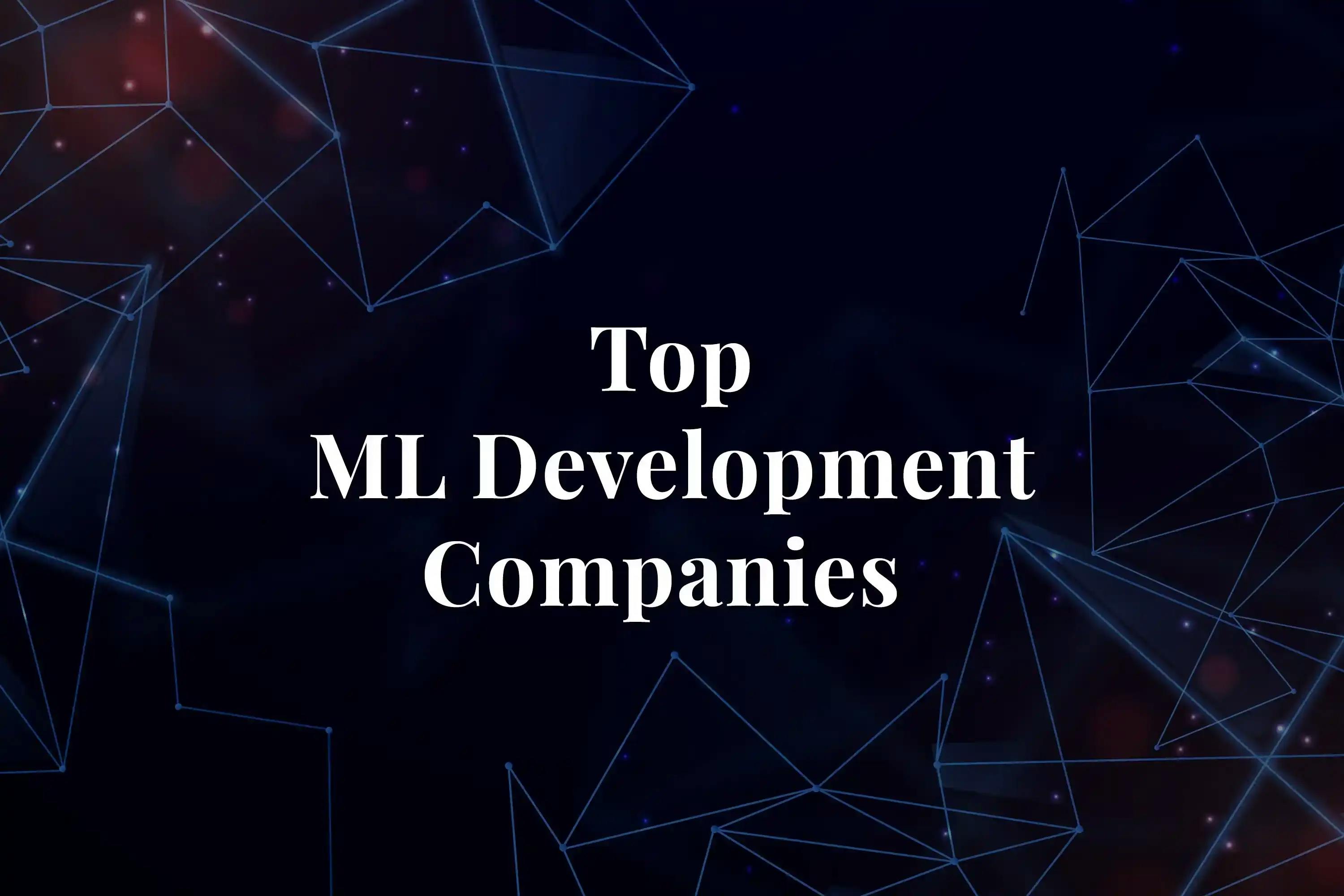
Every great partnership begins with a conversation. Whether you’re exploring possibilities or ready to scale, our team of specialists will help you navigate the journey.